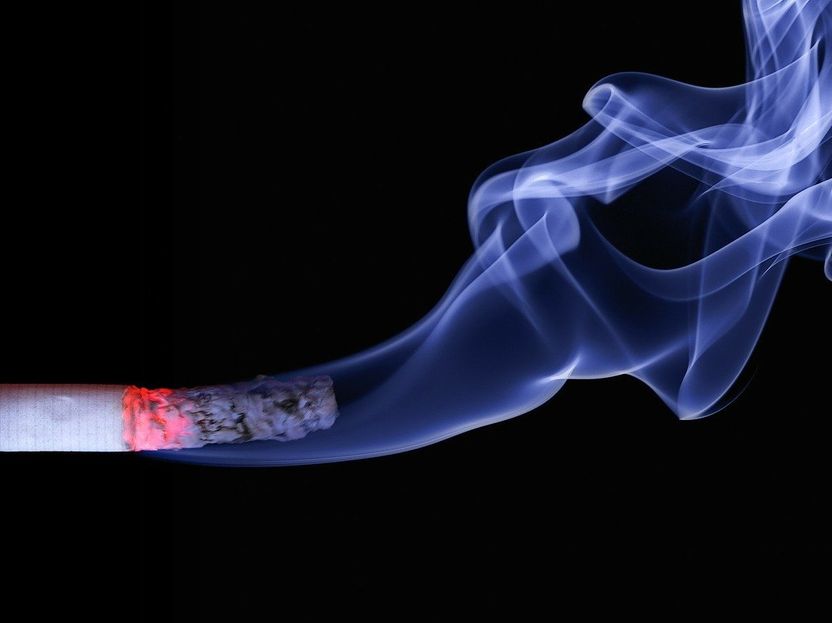Humans transport dangerous smoke residues indoors
People carry hazardous compounds from cigarette smoke into non-smoking environments
Decades of research have demonstrated the adverse effects of fine particulate matter and volatile organic compounds (VOC) such as nicotine or Acetonitrile from tobacco smoke on human health, with no “safe” level of exposure. smoking restrictions have decreased non-smokers’ exposure to secondhand smoke. Yet with worldwide smoking rates at 22%, exposure to hazardous pollutants from tobacco smoke remains a major risk for non-smokers, and thirdhand smoke (THS) has been identified as a major exposure pathway.

Smokers and passive smokers carry tobacco residues and thus hazardous compounds with them.
realworkhard, pixabay.com, CC0
An international team of scientists from the Max Planck Institute for Chemistry and Yale University now discovered that tobacco smoke off-gassing from prior exposure transports contaminants equivalent to several cigarettes of secondhand smoke. This means that even if someone is in a room that has never been smoked in, that person could still be exposed to many of the hazardous chemical compounds that make up cigarette smoke, depending on who else has entered the room or previously visited it.
Thirdhand smoke includes residual nicotine and multiple other chemicals left on surfaces like clothes, walls, skin or furniture. Desorption from these surfaces results in airborne chemicals that present significant health risks to non-smokers. This serious public health hazard hasn´t been fully understood yet.
The paper is significant since studies on THS-related VOCs in non-smoking environments do not exist and while THS transport to non-smoking sites has been proposed theoretically, no studies have yet observed or quantified the active transport and emission from people into non-smoking environments. “In real-world conditions, we see concentrated emissions of hazardous gases coming from groups of people who were previously exposed to tobacco smoke as they enter a non-smoking location with strict regulations against indoor smoking. So the idea that someone is protected from the potential health effects of cigarette smoke because they’re not directly exposed to second-hand smoke is not the case”, says Drew Gentner, Associate Professor of Chemical & Environmental Engineering at Yale University and Alexander von Humboldt Foundation Research Fellow.
The researchers conducted an experiment at a movie theater by measuring the real-time emissions of THS compounds from people into a non-smoking indoor environment. Through four consecutive days of measurements with online high-resolution mass spectrometer, 35 different VOCs previously associated with THS or tobacco smoke emissions were observed at significant concentrations in the theater. The gas emissions were equivalent to that of 1-10 cigarettes of secondhand smoke in a one-hour period. A much larger range of compounds originating from cigarette smoke were observed with offline measurements of gases and aerosols.
“Based on the measurements, we conclude that humans transport THS into indoor areas via their clothing and bodies. This observation is in line with what has been theorized in the past, but until now had yet to be proven empirically”, say Jonathan Williams, group leader at Max Planck Institute for Chemistry and co-author of the study.
The conclusions derived from this study are generalizable to other, less well-ventilated locations. “The observed emission rates into a more confined or less well-ventilated space such as a motor vehicle, a bar, a train, or a small room in a home would lead to much higher concentrations and occupant exposure”, Gentner explains.





















































